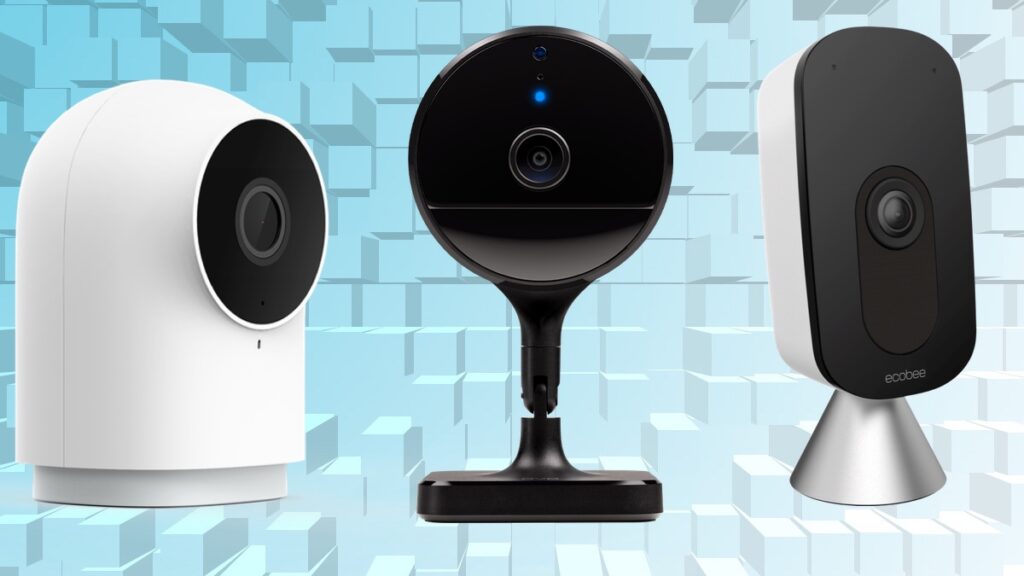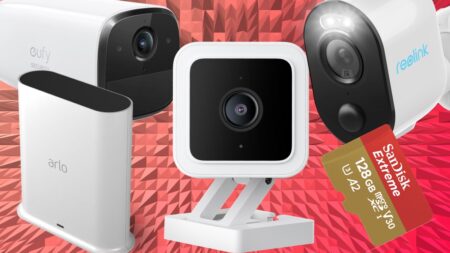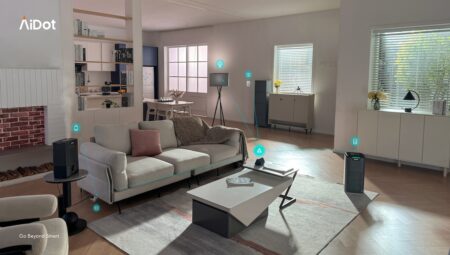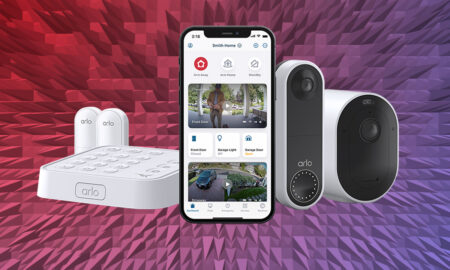Everything you need to know about the new security focused platform
Apple first revealed HomeKit Secure Video at WWDC back in June 2019, and it’s kind of a big deal in the smart security camera world.
The platform changes the way video cameras work with HomeKit and there has been a big push in the last few years with brands going live with smart security cameras and smart video doorbells that match the standard.
We’ve written about Secure Video a few times since it was first announced, and we couldn’t help but notice that a lot of the information surrounding, despite it being available for a couple of years now, is… unclear.
So we’re going to use this guide to clarify what Secure Video is, how it will work, what you’ll need to use it and what the best HomeKit Secure Video security cameras and video doorbells are, such as the Eve Cam, the Logitech Circle View, the EufyCam 2 and the Aqara Camera Hub G3.
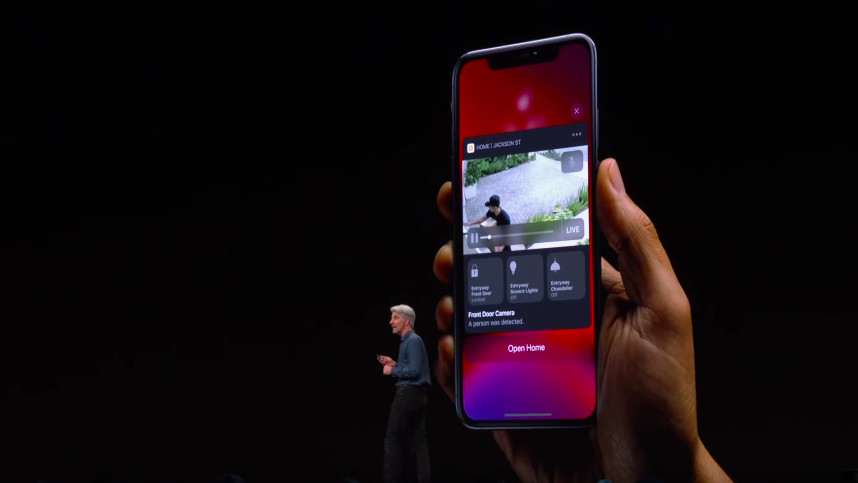
HomeKit Secure Video: What is it?
The thinking behind Secure Video, other than Apple wooing more companies and users into the HomeKit fold, is that home security footage is one of the most sensitive bits of information captured in the smart home. You only want that footage to be seen by the people you decide to share it with.
Secure Video is a way to store that footage on Apple’s servers with the peace of mind that it won’t be seen by prying eyes – not even Apple’s. When footage is captured, it gets encrypted end-to-end and is then fired into the iCloud, where it will stay – securely. Once there, only you and anyone you invite to view will be able to see it.
Read this: How to set up an Apple HomeKit hub
However, to emphasise: the encryption happens on the local device before being sent to the cloud, meaning Apple can’t get into it even if it wanted to.
The local device is your HomeKit hub, be it a HomePod, iPad or Apple TV. The other thing that happens to the footage, before the footage firing it into the big iCloud in the sky, is that it’s analysed. This determines the difference between people, pets, or cars before encrypting and storing it.
Users have the option of using the storage plans offered by those providers, if they prefer.
What do I need to use it?
You need an iCloud account with Apple, and of course at least one device that supports Secure Video. The other thing you need is a hub, which you’ll already have if you’re on HomeKit. The hub can be a HomePod, Apple TV or an iPad.
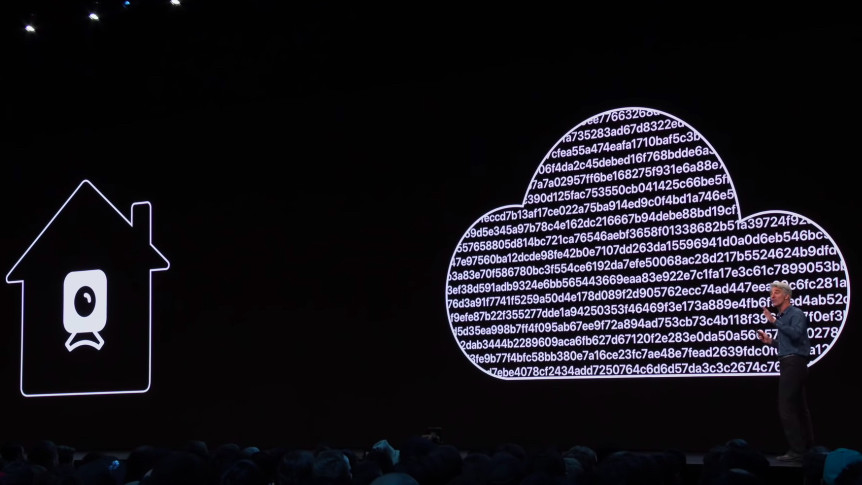
How much storage space do I need, and how much does it cost?
Secure Video doesn’t count towards your iCloud plan limit, so the answer really depends on how many cameras you intend to use. However, while Apple offers all iCloud users 5GB of free storage, you’ll need a higher tier plan in order to use Secure Video.
With iOS 15 and HomeKit, Apple made it that HomeKit can now handle unlimited cameras as part of the new iCloud+.
With a 50GB plan for $0.99 / £0.99 a month you’ll get one HSV camera, with the 200GB for $2.99 / £2.99 a month up to five, and for the 2TB at $9.99 / £.99 you can have all the feeds you can eat.
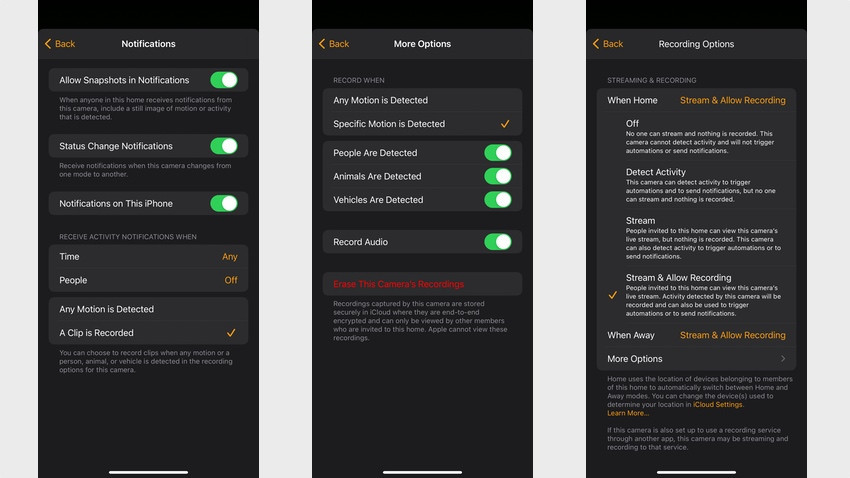
Why use HomeKit Secure Video?
HomeKit Secure Video makes setting up your cameras and using them within Apple’s ecosystem a doodle.
For example, the Logitech Circle View doesn’t have its own app. There’s no need to sign up, download or log into anything. You simply plug it in, open Apple’s Home app, scan the HomeKit code and you’re good to go.
HomeKit Secure Video cameras can also act as motion sensors and LUX sensors (light sensor) in HomeKit, as well. So you can use these sensors to trigger HomeKit automations, which the Apple Home app will suggest to you.
One of the best features of HomeKit Secure Video is the ability for the camera to react to your presence and that of your family, setting itself to one of four modes based on whether you’re home or away:
- Off – It’s completely disabled
- Detect Activity – No streaming or recording but the camera can use its sensors to triggering automations or send notifications
- Stream – Approved users can view a live stream but no video will be recorded
- Stream and allow recording – The live stream is accessible and the camera will record footage based on your settings.
While this is similar to the geofencing options many other cameras offer to protect your privacy, it’s more nuanced as it doesn’t remove the ability of your camera to be part of your smart home just because you don’t want it to record you.
This means you can still have motion trigger automations, like having the lights turn on in the morning without your camera grabbing footage of you in your underwear.
Apple also added Package Detection to HSV, to alert users when an item has been delivered, provided the package is within the field of view of the camera or video doorbell.
This is handy if you’re worried about theft, or just want the peace of mind of knowing the package has been delivered.
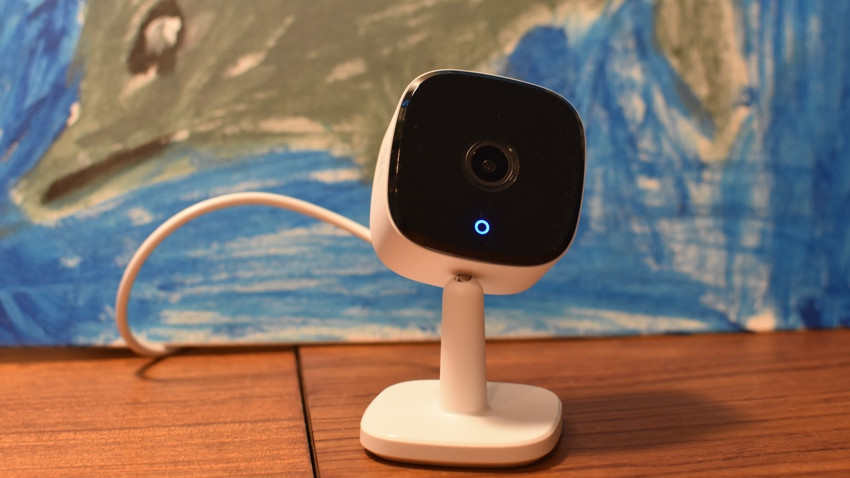
Share Security Recordings with Others
You have the option to invite fellow iCloud users to share control of your home and access video from your cameras through the Home app.
Each invitee can view live camera streams when they are on the premises. You have the authority to grant permission for them to view recordings and stream video remotely, as well as manage your cameras.
When you establish Family Sharing, members of your Family Sharing group have the ability to add cameras to your home.
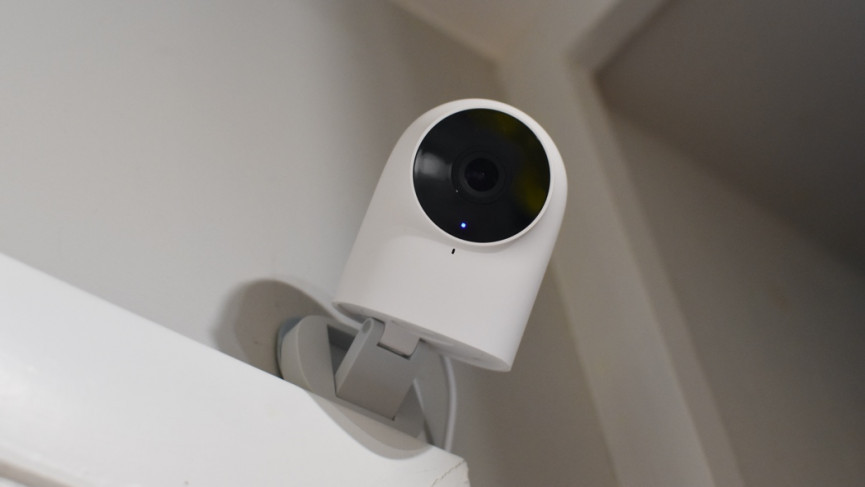
The best HomeKit Secure Video cameras
The list of HomeKit Secure Video cameras is growing by the day. The first device to officially get it was the Logitech Circle 2 – although that was via a software update rather than being an out of the box HomeKit Secure Video device.
2020 saw the first dedicated HomeKit Secure Video security cameras going on sale, from the likes of Eufy, Logitech and Eve.
Now, in 2024, we’ve got a whole bunch of them.
There are also a couple of HomeKit Secure Video doorbells now as well, from brands including Logitech and Robin.
Here are some of the top models that you should be looking out for:
- Logitech Circle View
- Logitech Circle View Doorbell
- Eve Cam
- EufyCam 2
- EufyCam 2 Pro 2K
- EufyCam 2C
- EufyCam Indoor Cam 2K
- EufyCam Indoor Cam Pan 2K
- Aqara GH2 Indoor Cam
- Aqara Camera Hub G3
- Aqara G2H Pro
- Aqara Smart Video Doorbell G4
- Netatmo Smart Indoor Camera
- Netatmo Smart Outdoor Camera
- Robin ProLine Video Doorbell
- Robin ProLine Compact
- Onvis C3 Security Camera
- Ecobee SmartCamera
- Wemo Smart Video Doorbell
- Eve Outdoor Camera
- Zorachka Homam (64GB)


